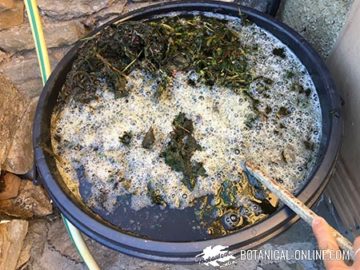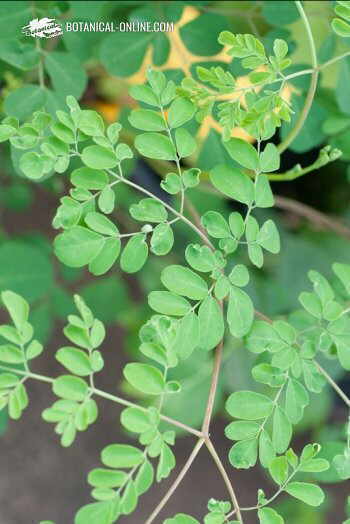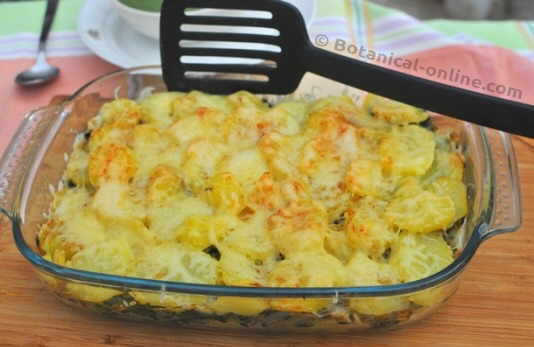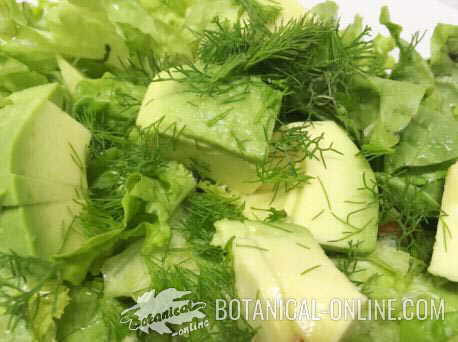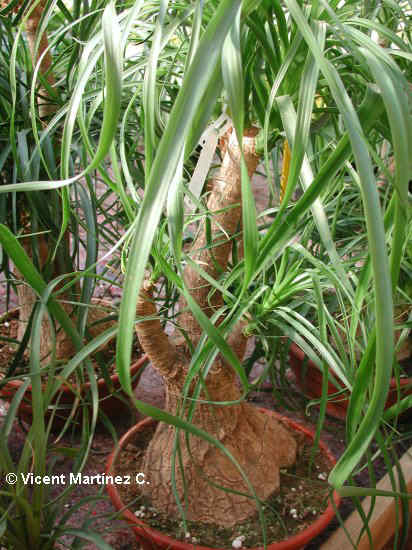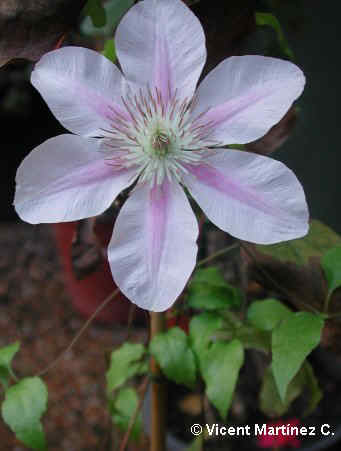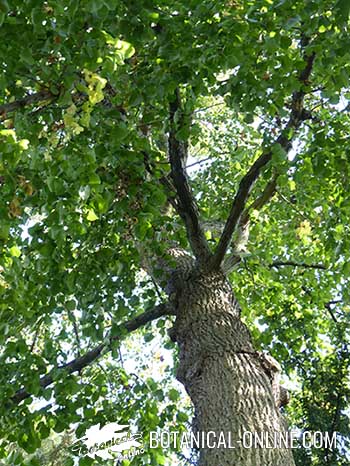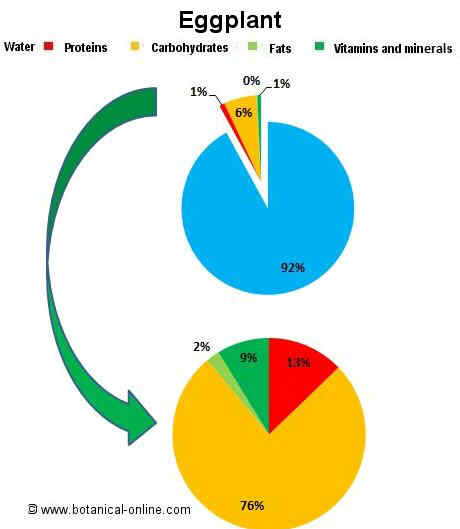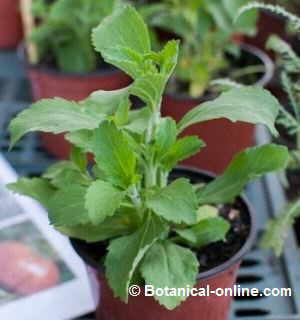What is nettle slurry and what is it used for?
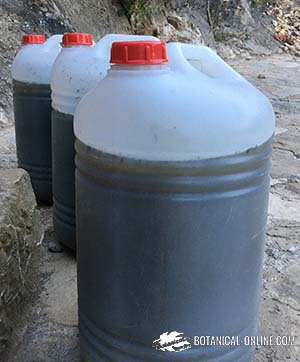
Nettle slurry is a preparation for the garden that is used to fertilize and enrich the soil with nutrients and beneficial microorganisms for crops.
Process of obtaining nettle slurry
More specifically, nettle slurry is an ecological fertilizer obtained from nettles that have gone through a fermentation process, which has transformed the numerous nutrients of nettles into molecules that are easier for plants to assimilate.
We remember that nettles are plants very rich in nutrients, such as potassium, nitrogen, phosphorus or iron. For the first days, during the slurry making process, nettles are soaked in water. During the slurry making process, the nettle is soaked in water for the first few days. Numerous minerals and trace elements are then released into the water. At the same time, in this aqueous medium, little by little, the microorganisms naturally present in the plant begin to reproduce.
Within a few days or even hours (this depends on the temperature of the place), this aqueous medium is ideal for the proliferation of bacteria and other microorganisms, which feed on, that is, ferment, the nutrients contained in the nettles. During this fermentation, what happens chemically is that the nutrients in the nettles are transformed from organic to inorganic form (for example, they convert proteins to inorganic nitrogen). This process is crucial to obtain fertilizer for plants, since they can only absorb nutrients in inorganic form.
Composition of nettle slurry
As a result of this process, nettle slurry contains enzymes, amino acids, minerals (rich in calcium, potassium, nitrogen and iron) and bacteria that activate life in the soil activate life in the soil, increasing diversity and availability of nutrients for plants. The resulting liquid is rich in nitrogen-fixing bacteria, among other substances, which will help to contribute to dynamize the soil.
Benefits of nettle slurry for garden crops
When we add nettle slurry to the garden we are providing it with life, because we add living bacteria that will contribute to transform and make that soil richer, so that it will also attract other elements of the microscopic fauna, restructure microbial life and stimulate all soil life, also making it more fertile.
Consequently, nettle manure stimulates the growth and development of plants, germination and rooting of plants. The crops end up having better foliage, better fruit, and are more resistant to pests. Aromatic plants have a more intense aroma. It is an effective, beneficial and respectful natural fertilizer method for the ecosystem. In addition, it is very economical and easy to make.
Difference between nettle slurry and chemical fertilizers
This traditional fertilization technique has been displaced by the use of chemical fertilizers. We call chemical or artificial fertilizers those commercial preparations that contain the most important nutrients (those focused on crop productivity) but that are poor in micronutrients and bacterial life and which end up depleting the soils and impoverishing them.
Nettle slurry is a very valuable traditional fertilizer system, which agroecology is now rescuing from oblivion.
How to make nettle slurry
The first thing to do is go collect nettles (without being stung). Slurry is obtained by submerging a good wad of nettles in rainwater (tap water previously left to aerate for two days, so that all the chlorine evaporates, which is antibacterial and would not allow fermentation) and let the preparation ferment.
The result is a greenish liquid that smells very bad, but which is full of microorganisms, nitrogen and other important nutrients to fertilize and promote plant growth.
There are numerous recipes on how to make nettle slurry. Many of them are quite similar but use slightly variable proportions. For the following recipe, we have been guided by the formula that Mr. Jordi Puig gives us in his excellent book on agroecology: “El huerto del segundo origen” (“The garden of the second origin”), The process consists of the following stages:
Nettle slurry recipe step by step

Nettle slurry on the third day of maceration. When we stir this type of bubbles come out and it means it is fermenting Immerse the nettles in water: The proportion is 1 kg of dry nettles per 10 liters of water (not chlorinated), or if we have the fresh plant, fill ¾ of the volume of the container that we have with the plant, and fill it with water.If the nettles are previously carved, they will release their nutrients more quickly and will be easier to remove.
- Cover the container, but not hermetically. A mesh, a cloth or the lid of the container works.
- Stir gently every day. The first few days we will see that bubbles come out whenever we stir. This is a sign that fermentation is occurring. It will soon start to smell bad due to the natural mixing process.
- When we stir and see that bubbles no longer appear, it will mean that the fermentation has finished. This happens after approximately 6-10 days (this depends on many factors, such as ambient temperature). It is important to pay attention to the mixture, since, from experience, we can assure that if putrefaction begins to occur, the smell is very unpleasant…
- Strain the liquid from the nettles to avoid putrefaction. You can use a strainer and then a linen cloth. The nettle residue that remains is excellent for composting, being a powerful fermentation activator.
- Bottle and label. Glass or stainless steel containers can be used. Cover tightly, label the container, clearly indicate NOT TO BE INGESTED, indicate the name of the contents and the date of packaging.
- Store in a cool, dark place.
How is nettle slurry applied?
The mode of use are usually always diluted in irrigation water:
- As a foliar fertilizer, mixed with water (non-chlorinated), in a proportion of 1 part slurry to 20 parts water.
- As a soil fertilizer, mixed with water (non-chlorinated), in a proportion of 1 part slurry to 10 parts water (non-chlorinated). If a sprayer is used, it must be very filtered, so as not to clog.
- As an ecological pesticide, nettle maceration is used, which consists of the same preparation, using only the water from the first 2-3 days of maceration, without the need for it to ferment. Dilute 2 parts of nettle to 10 parts of water and apply to the leaves, 2-3 strokes a day, every other day. Depending on the pest, if the remedy is not effective enough, it would be advisable to consult if there are other more effective plants to eradicate it (garlic, comfrey, henbane, etc.).
![]() More information on nettles
More information on nettles
20 May, 2024

